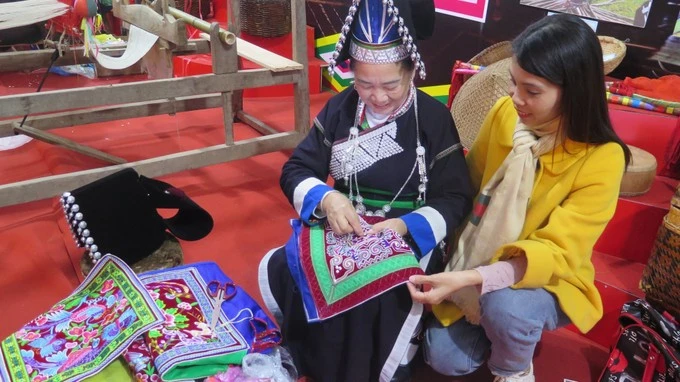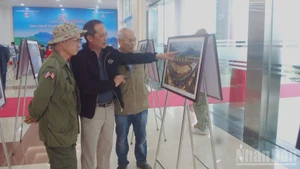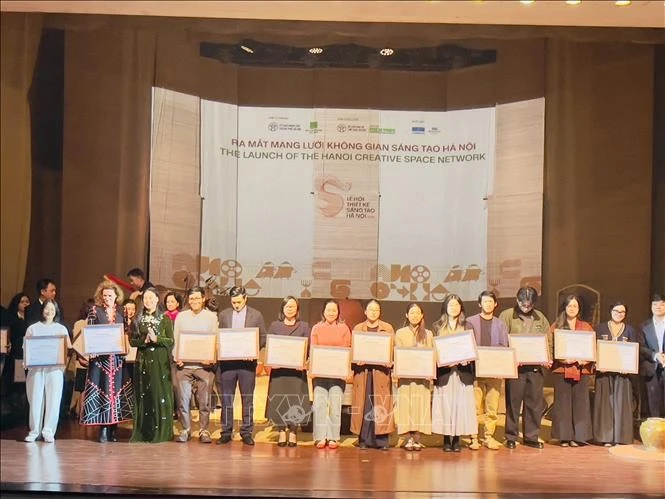The potential of Vietnamese stop motion animation
Stop motion is considered not a simple game even for long-standing film studios and famous directors from developed cinema backgrounds. Producing animation using stop motion technology requires a large budget and a significant amount of time, because it uses a repetitive process of combining thousands of still images to create movement for the characters.
To achieve the effect, the entire setting and characters are hand-sculpted and every single change is captured as a separate image. However, combining these images together with the video post-production process seems to breath a magical life and vibrancy into them in each frame, creating emotional depth and uniqueness for stop motion which up to now no animation technology has been able to surpass.
Speaking of stop motion, not only children but also many adults are familiar with the series “Shaun the Sheep” (2007) from the UK, one of the most representative products of this filmmaking technology.
The series has created an incredible impact with 151 episodes, five seasons, two movies, one stage play, five games (video games), and countless popular spin-off products in many countries.
Affirming the appeal of films made with stop motion technology, young director Pham Duy Anh (director of the Clay Mixer film series has just won the award for Outstanding Animated Character Set at the Vietnam Digital Content Creativity Awards 2023) said: “Stop motion is a unique filmmaking technology from material to expression. The fact that the audience can see real objects and interact with real light captured by cameras creates visual effects that are very difficult to reproduce with 2D or 3D technology even with high technology levels like in Hollywood. Stop motion gives viewers the feeling that each character and object has its own life without being too much interfered with by human factors.”
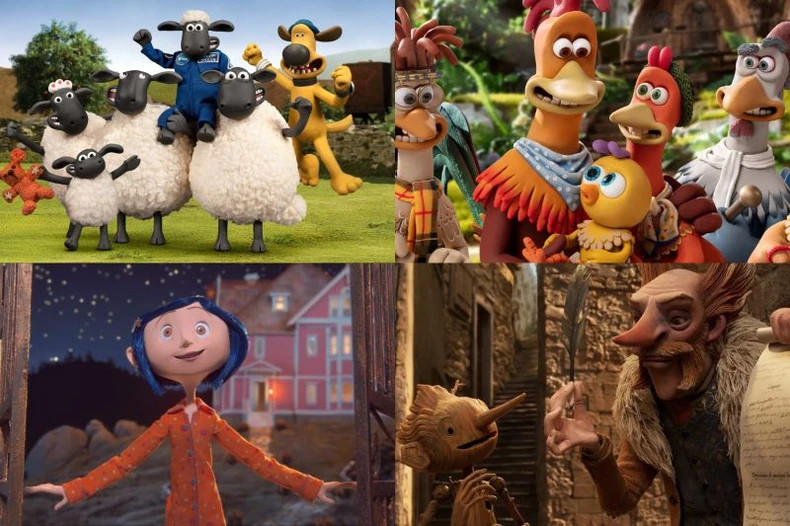 |
| Some world-famous stop motion animated films (from top to bottom, from left to right): Shaun the Sheep; Chicken Run; Coraline; Guillermo del Toro’s Pinocchio. (Photo: Internet) |
Realising that potential, since 2016 when stop motion was still very new in the Vietnamese market, Sconnect Vietnam was one of the few pioneers in investing in research and production of stop motion animation. Despite possessing a unique appeal, this genre was only in its infancy at that time, lacking both human resources and technology, and businesses faced many difficulties in going into production.
According to Sconnect founder Ta Manh Hoang, at that time Sconnect's staff had to search and research foreign channels because in Vietnam there was no unit applying this technology. Learning new models while improving creativity and perseverance is the process for Sconnect to create its first products.
Currently, stop motion movies are among Sconnect's key products such as Luka or Tiny. Typically, the Tiny character set currently features a diverse distribution channel system on social networking platforms and television and OTT/IPTV platforms in many countries.
Sconnect's 2023 statistics show that this animated series has earned more than 300 million views on the YouTube platform alone. To date, the Tiny series has more than 2,000 episodes and has been translated into six languages.
The challenge of manual animation in the technology race
Recently, Sconnect Vietnam representative announced their intention to make Vietnam's first stop motion feature-length movie. Normally, a short episode (8-10 minutes) requires more than 3 months of continuous production and overlapping stages. Thus, it takes a lot of time to complete a film of 90 minutes or more.
However, the release of a stop motion movie will be an important mark not only for the company but also for Vietnamese animation in general, proving its ability to compete with advanced filmmaking units in the region and across the world.
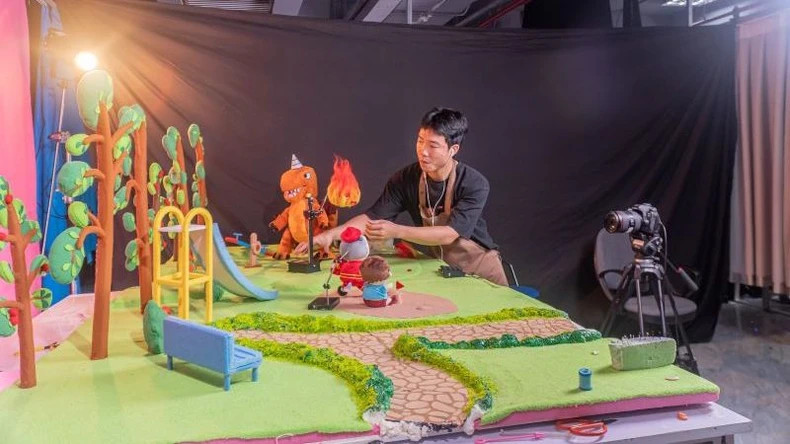 |
| Stop motion animation production involves many stages done entirely by hand. (Photo: Sconnect Vietnam) |
Due to production characteristics, making a stop motion movie requires an investment many times greater than 2D and 3D technologies in terms of time, effort, and cost. In the more than 100-year history of this filmmaking technology, there have been many improvements such as the appearance of digital cameras replacing film cameras, or the birth of character skeletons to help create smooth movements and brought great advances to stop motion.
However, the most labour-intensive stages, such as shaping, animation, and post-production, are still almost impossible for any machine to replace.
Sharing more about this, Director Pham Duy Anh said: “Currently the most advanced technology applied in stop motion film production is 3D printing technology, filmmakers can design characters and expressions sensors on a computer and then use 3D printing technology to create more accurate models, helping to increase aesthetics as well as filmmaking performance.”
Additionally, the trend that is leading and interfering in all areas of human life is the use of artificial intelligence (AI), which cannot play an optimal role in shortening the stop motion filmmaking process. If in other genres such as 2D and 3D animation, AI has been proving its ability to become an effective assistant, directly participating in production stages, then with stop motion AI can only offer Suggestions for scenarios and contexts.
It can be said that with the achievements that technology has achieved up to now and the vision in the near future, it is still not possible to find a solution to help minimize the complexity and role of humans in the production and operation process of stop motion pictures. Not to mention the impact of factors such as the scarcity of skilled personnel, materials, and other diverse support tools.
However, the craftsmanship in each frame still creates lasting value for stop-motion animation, becoming a unique advantage in the competitive and constantly changing animation market.





